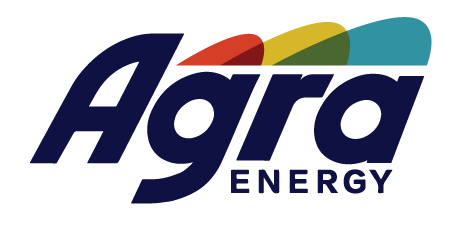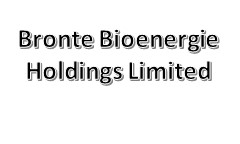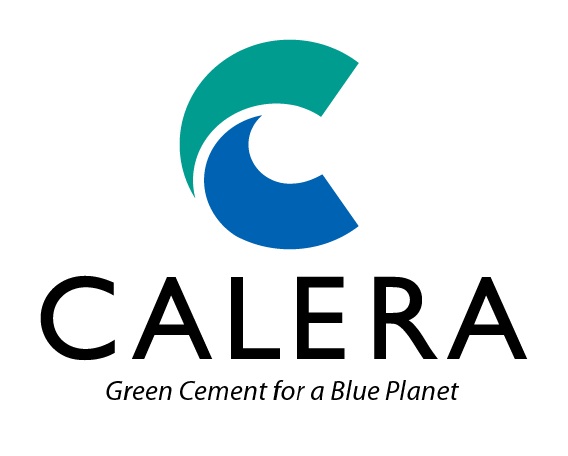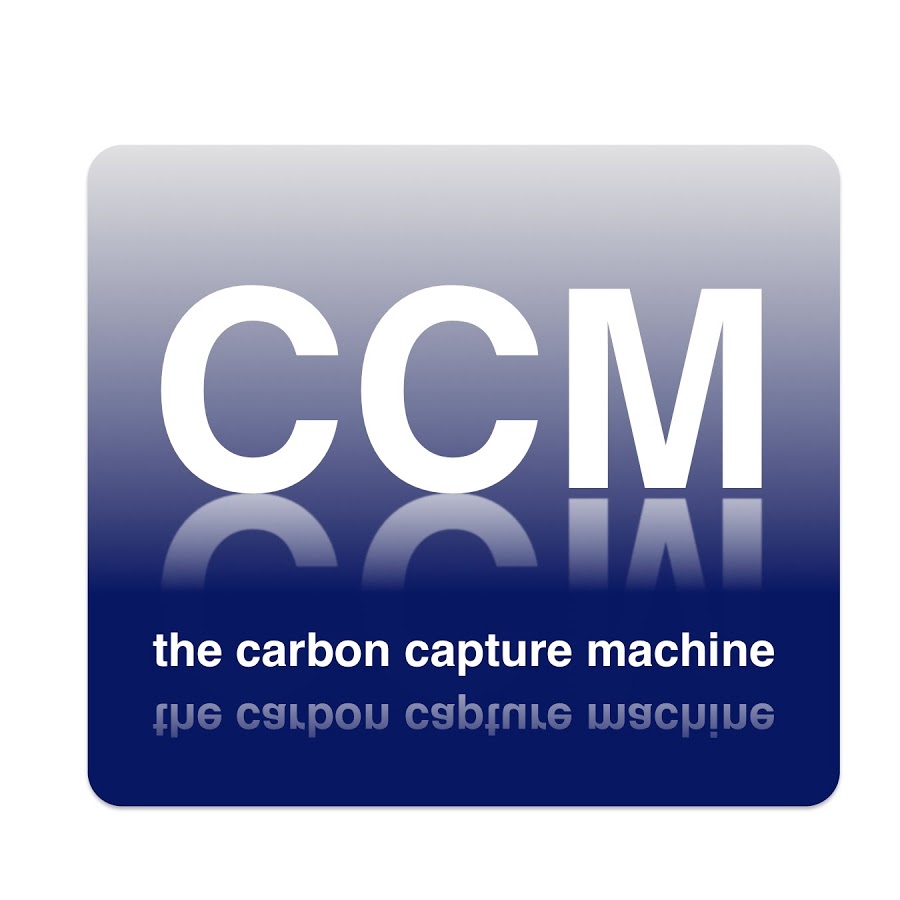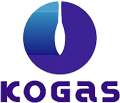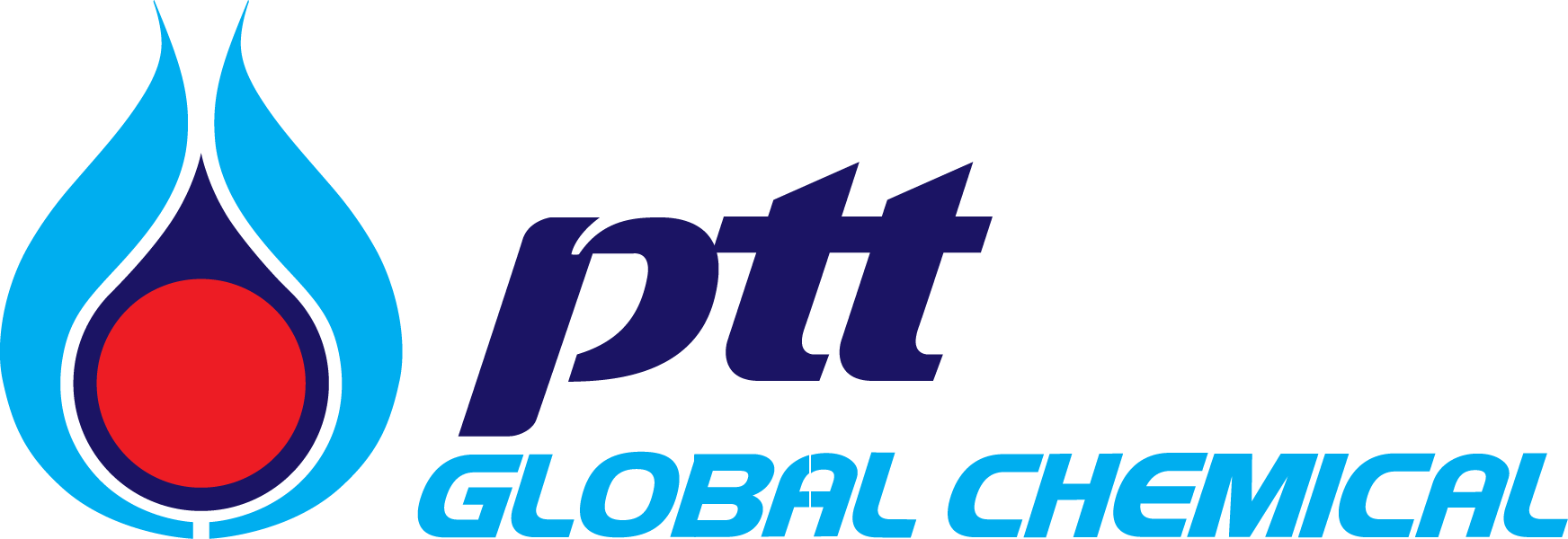Unitel provided technology and basic engineering for two recently completed commercial plants
MT. PROSPECT, Ill.–(EON: Enhanced Online News)–Unitel Technologies, Inc. announced that the company has provided the technology and engineering/design for two commercial H2S plants – a unit located in Europe making 48 MPTD of H2S and another one in Southeast Asia that includes two trains, each producing 60 MPTD of H2S. Both facilities are fully operational and meet the capacity and quality specifications required by the customers.
“Unitel’s H2S production technology was developed in the late 80’s when I was Chairman of XBI in Houston”
“Unitel’s H2S production technology was developed in the late 80’s when I was Chairman of XBI in Houston,” says Serge Randhava, CEO of Unitel. “Our process was first demonstrated in a commercial unit that was located near Rotterdam in The Netherlands,” he adds. “The project was led by Dr. Brian Davis who proposed the concept of ‘make it where you need it.’ To his credit, the XBI team was able to successfully move from pencil and paper to commercialization without the need for a pilot plant.”
Currently, the three most significant but disparate applications of H2S are:
- Methyl mercaptan (CH3SH) — one of the most important intermediates made from H2S. In turn, it is used to produce methionine, the only sulfur containing amino acid now extensively used as a food supplement in the poultry industry. Methionine is currently a $5 billion per year market that is projected to enjoy an annual growth rate of 5%.
- Ethyl mercaptan and t-butyl mercaptan, widely used as gas odorizers in the natural gas industry. The shale gas boom in North America is expected to spur the demand for these chemicals.
- Hydro-metallurgical extraction of nickel and cobalt compounds from limonite laterite ores.
Special features of Unitel’s H2S technology:
- Unitel’s process offers an exceptionally broad turndown ratio ranging from 100% down to 30% and can rapidly respond to changes in operating conditions.
- The process is designed to deal with a variety of sulfur feedstocks. Ash build-up in the reactor is handled by periodically blowing down sulfur to maintain the ash level below a prescribed minimum.
- The process can deal with up to 50 ppm of the 8S form of sulfur that may be present in the feedstock.
Contacts
Unitel Technologies, Inc.
Serge Randhava
Tel: 847-297-2265
Email: SergeR@uniteltech.com
www.uniteltech.com/tech-library
